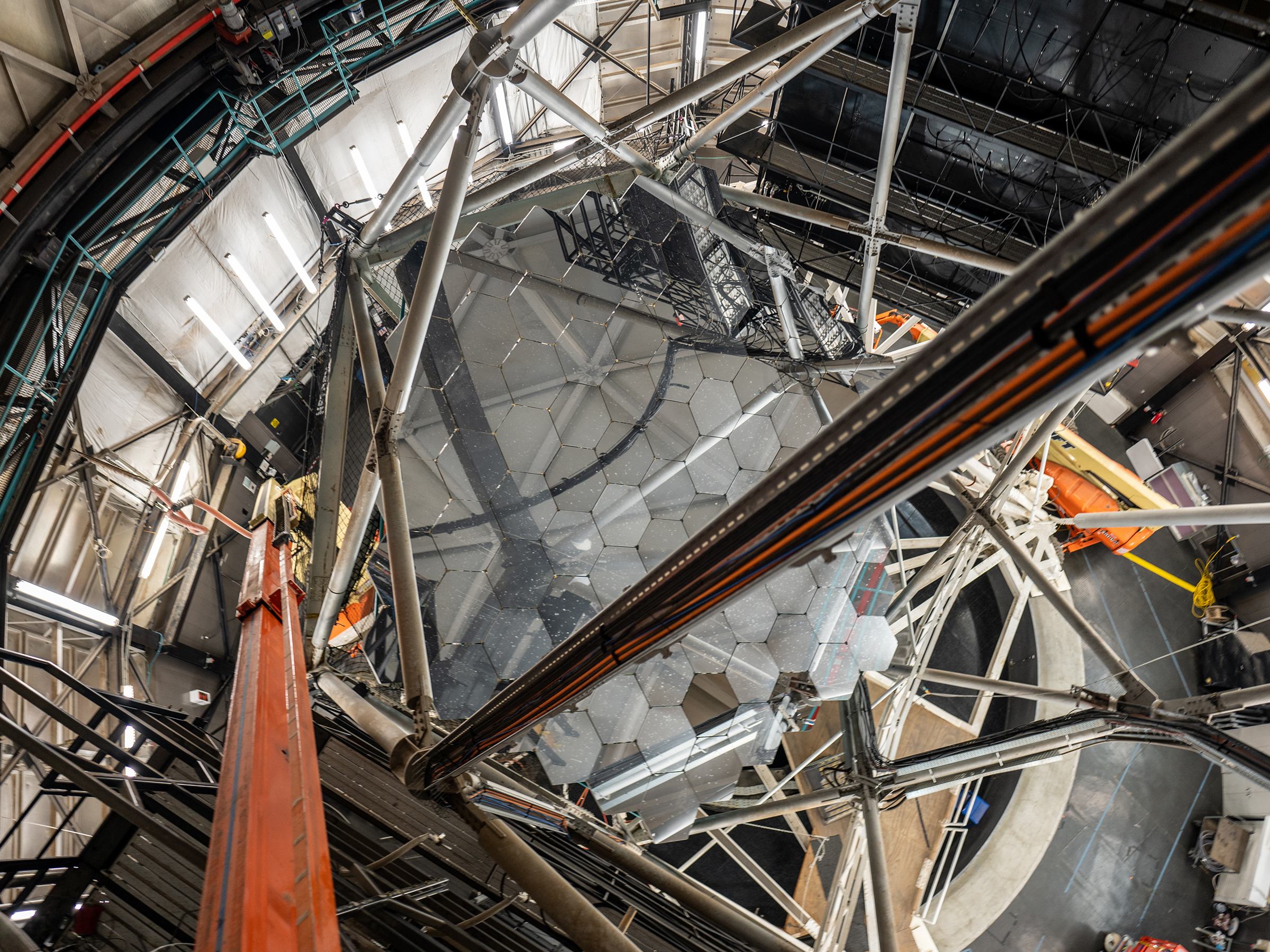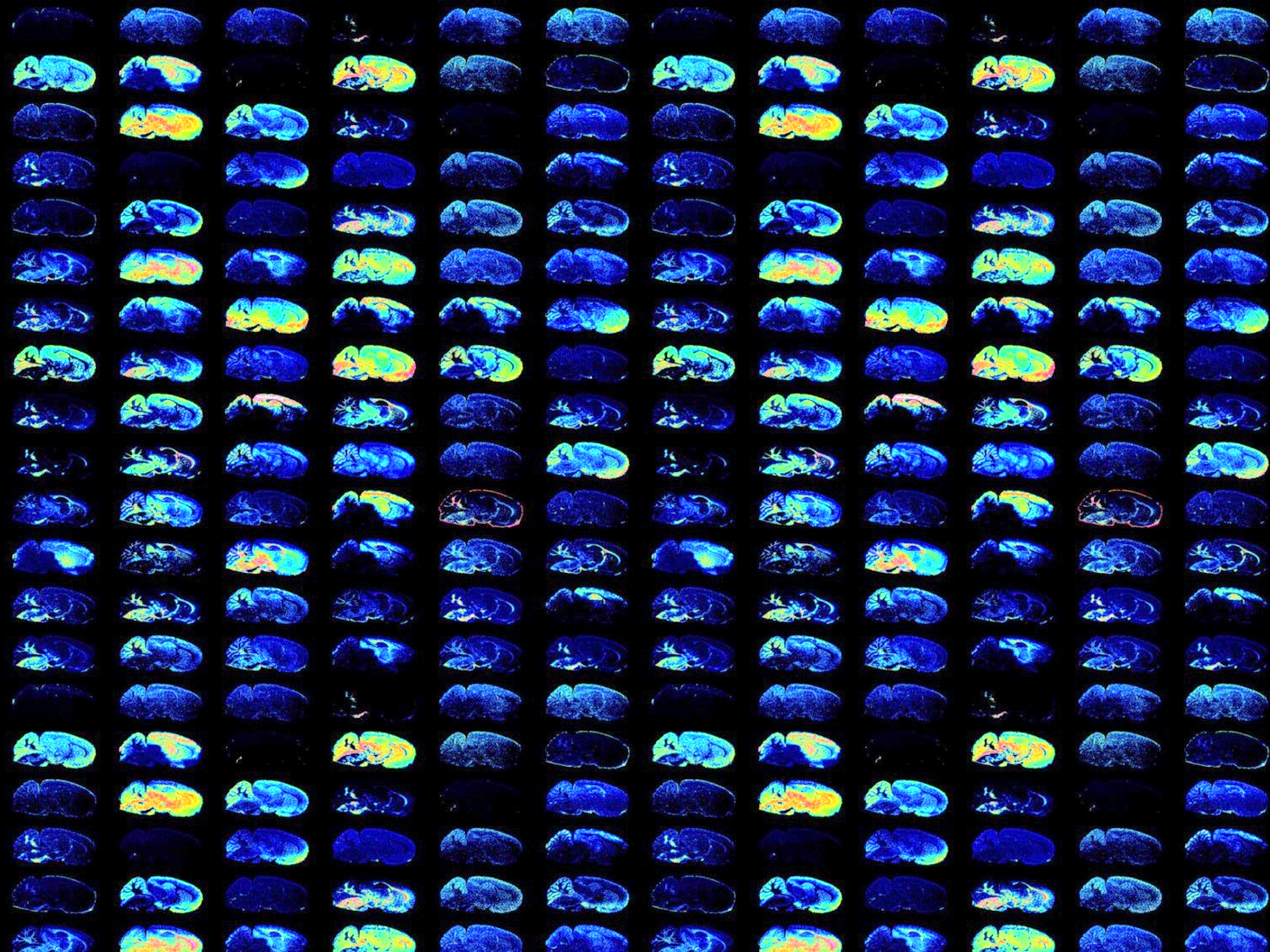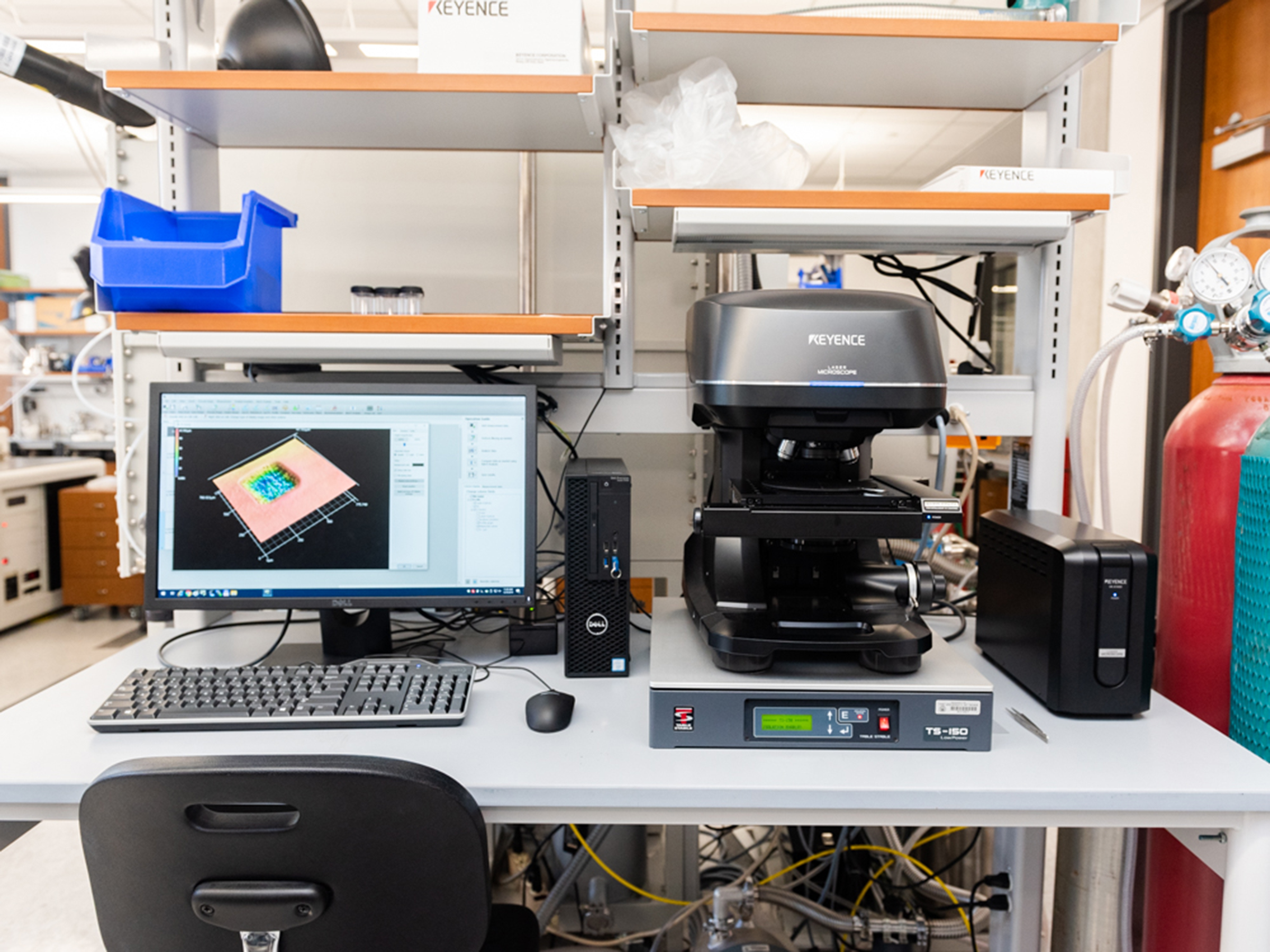
Core Facilities
The College of Natural Sciences and University offer leading tools for advancing research.
Computing
With some of the world’s most powerful academic supercomputers and AI GPU clusters, UT Austin offers College of Natural Sciences researchers resources they need to lead in their fields. The Texas Advanced Computing Center (TACC) is home to Frontera and Stampede2. It also oversees the Visualization Lab, located in the heart of campus.

Biology & Marine Science
A diverse range of habitats preserved by The University of Texas at Austin are available for short- and long-term study. Greenhouses and other biological and marine research facilities on our campuses help accelerate scientific discovery.

Astronomy & Physics
With leading telescopes in some of the darkest skies in America and resources that support designing and fabricating specialized research equipment and instruments, our resources for researchers in astronomy and physics are among the best in the world.

Biomedical
From cryo-electron microscopy to next-generation DNA sequencing, tools for biomedical research at UT Austin enable world-changing and historic breakthroughs. They are overseen by the Center for Biomedical Research Support.
- Sauer Lab for Structural Biology (Cryo-EM)
- Biological Mass Spectrometry/Proteomics
- Biomedical Imaging Center
- Computational Biology and Bioinformatic Services
- Genome Sequencing and Analysis Facility
- Microscopy & Flow Cytometry/ Imaging Facility
- Transgenics
- STEM Stockroom
- Electronics Services
- BioResCo

Chemistry
High-tech equipment, tools and resources propel groundbreaking discoveries that require top-notch imaging technologies and customized instrumentation.

Nanotechnology & Materials
In addition to the offerings in our campus chemistry and biomedical research core facilities, UT Austin has scanning probe microscopy, nano device fabrication and testing, electronic and vibrational spectroscopy as well as dozens of other instruments available through the Texas Materials Institute (TMI). With over 10,000 square feet of laboratory space, TMI houses more than 65 pieces of large research equipment for materials science research, supported by Ph.D. level facility managers, who maintain and operate the equipment, as well as train and assist users.
